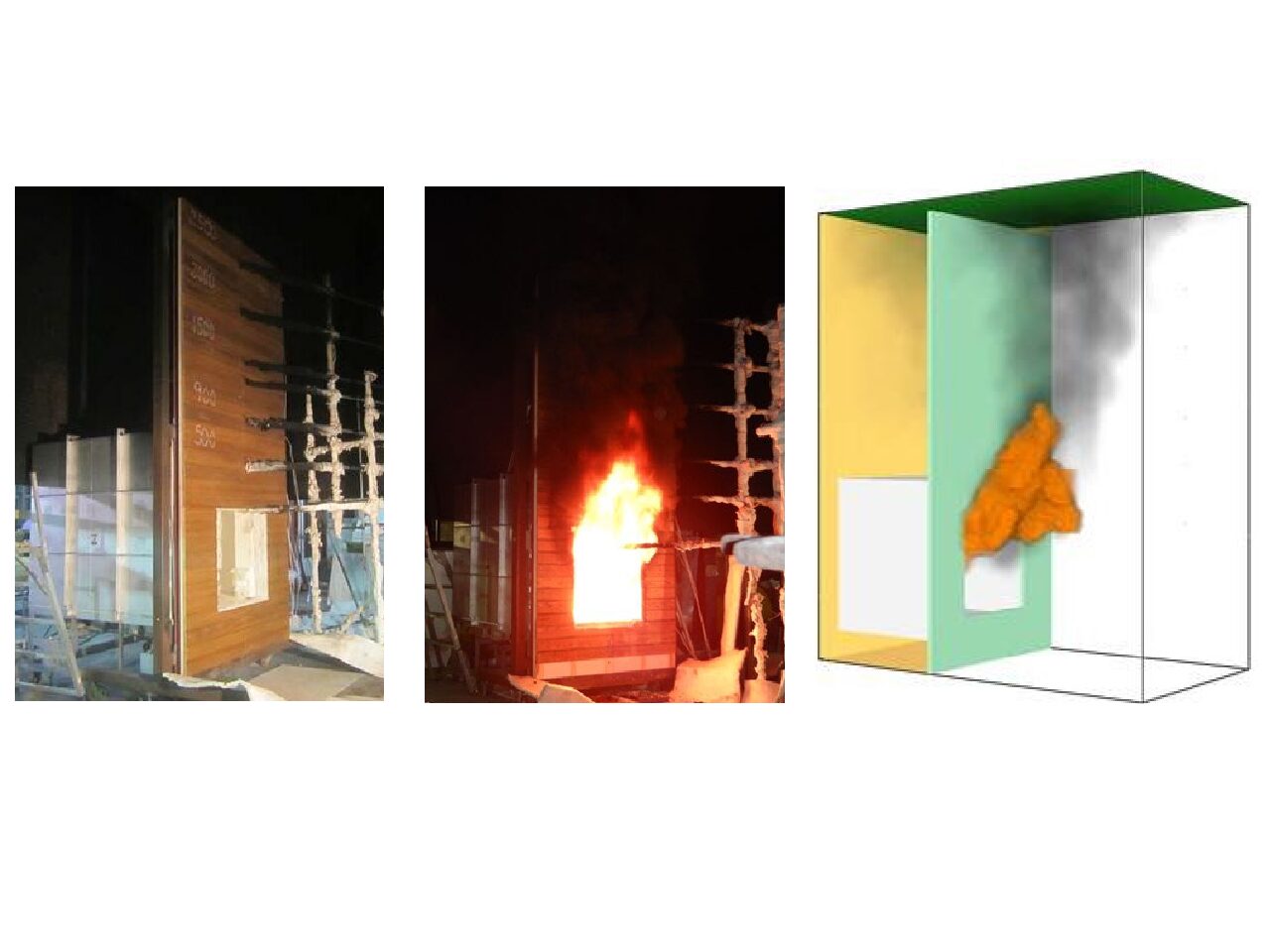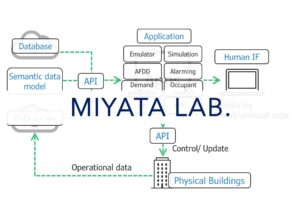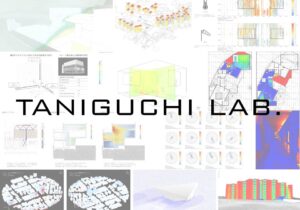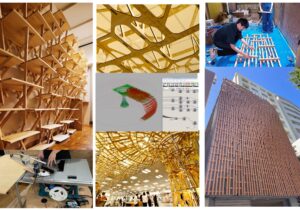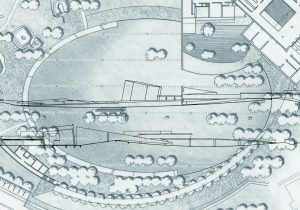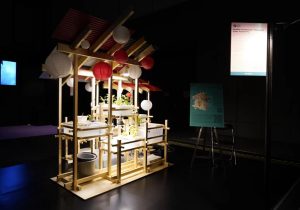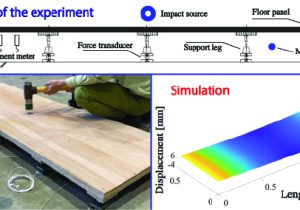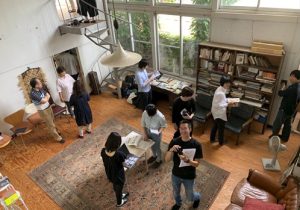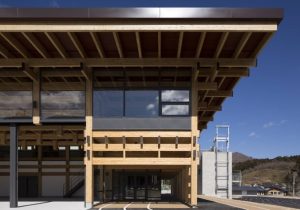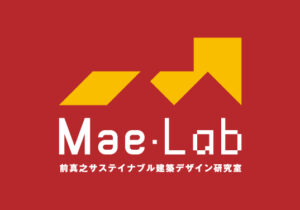大月研究室 Otsuki Laboratory
多様性のあるライフスタイルが保障される持続的居住環境の実現
建築の設計とは、要求相矛盾する多数の人間の生活を合理的に支援する環境をいかに構築するかという作業といえる。その設計の基礎となる考え方を導くために、すでにある環境を、様々な特性を持つ個性豊かな特色のある多様な人々が、どのように使いこなしているかを、人間の多様性ごとに解明することを目指している。このことを通して、多様性のあるライフスタイルを保障する空間計画の基礎的知見の蓄積を図る。
また、従来の建築学は主として「新しく環境を構築する」ことに主眼が置かれていたが、環境問題・高齢少子化・経済低成長を背景とした現在、「すでにある環境をいかにつくり変えていくか」ということも重要となっており、こうした「空間のストック」をいかに持続的に次世代に継承していくかということにも取り組んでいる。
数十年単位の時間を経た戸建住宅団地や集合住宅や規制市街地において、当初想定されていなかった住まい方を各種調査を通して発見し、今後の居住環境の作り替えに資することを目指す。
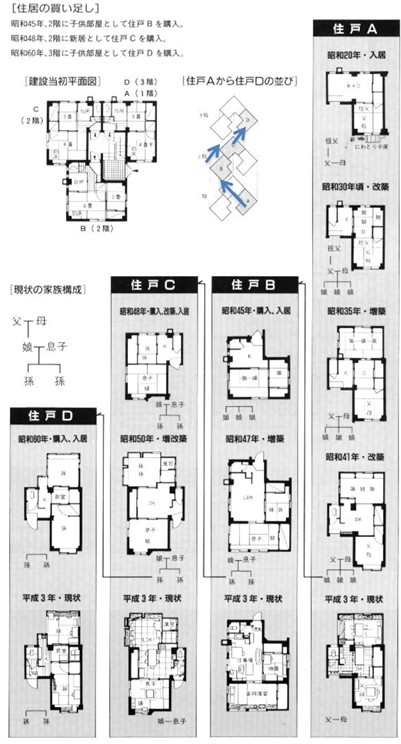
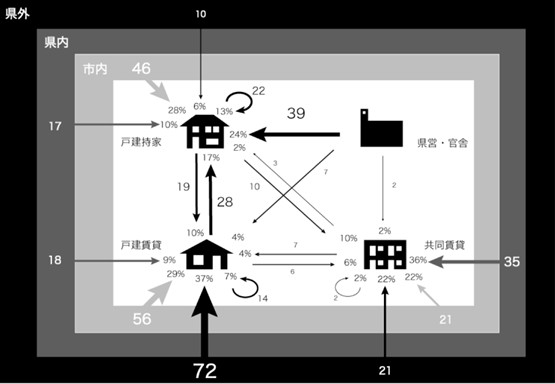
一度供給された住宅地をどのように維持し、作り替えていくかに関する研究を行なっている。地域コミュニティ自身がどのように町をマネージできるかという空間利用の民主化に資する研究である。
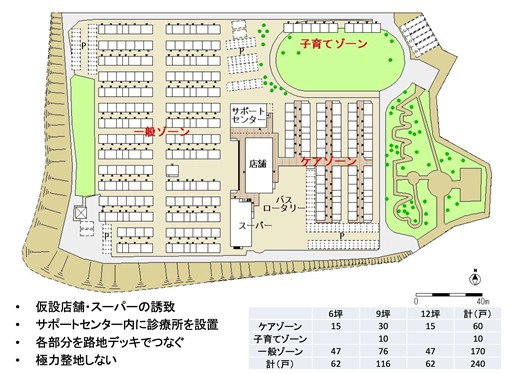
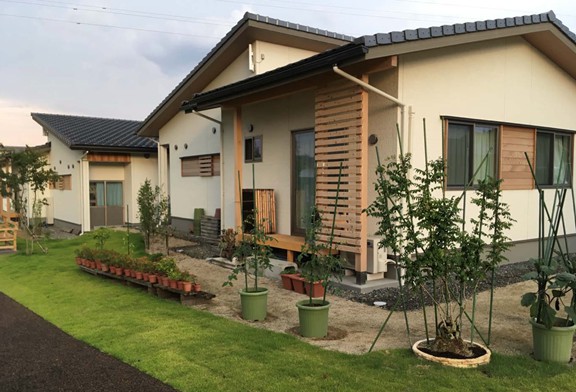
人間の居住環境との関わりは、時間と共にゆっくりと変わっていく。ただ、病気や災害や身近な人間関係の変化は、急激な環境移行に伴う負の影響を人間に与えやすい。特に高齢者や子供にとっては、いかに急激な居住環境の変化を和らげることができるかが重要となる。このため、緩やかな環境移行が可能な実践に関する研究を行なっている。
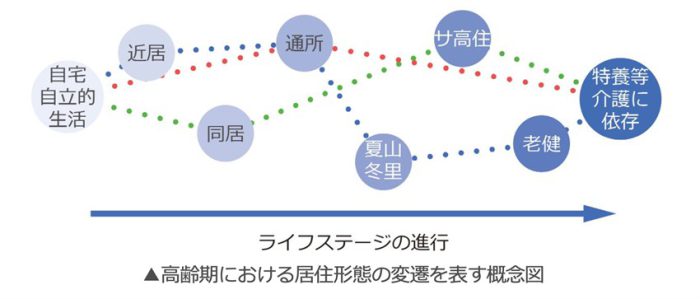
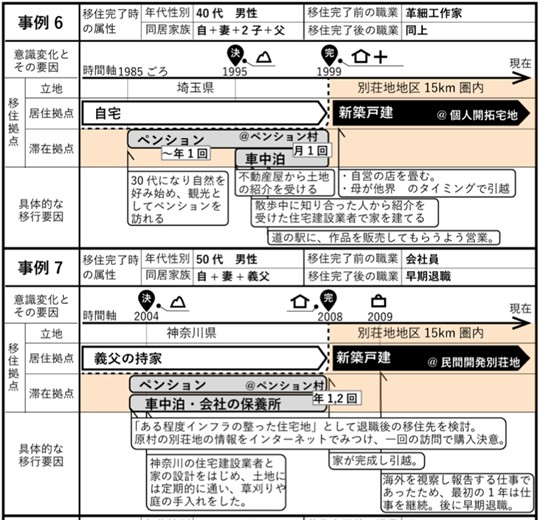
Realization of a sustainable residential environment where diverse lifestyles are guaranteed
The design of architecture is a process of how constructing an environment that rationally supports the lives of many people with conflicting demands. In order to derive the basic idea of the design, we aim to elucidate how the existing environment is used by a variety of people with different characteristics, each with its own unique features. Through this, we aim to accumulate basic knowledge on spatial planning that guarantees a diverse lifestyle. In addition, while conventional architectural studies have focused mainly on “creating new environments,” today, against the backdrop of environmental problems, an aging society with a declining birthrate, and low economic growth, it has become important to consider “how to create and change existing environments, “and how to sustainably pass on the “stock of space” to future generations.
Through various surveys, we aim to discover new ways of living in detached housing complexes, apartment complexes, and existing urban areas that have passed several decades, and to contribute to the reconstruction of living environments in the future.


We are conducting research on how to maintain and rebuild residential areas once they have been supplied. This research contributes to the democratization of space use by asking how the local community itself can manage the town.


Human beings’ relationship with their living environment changes slowly over time. However, illness, disasters, and changes in familiar relationships can easily have a negative impact on humans due to rapid environmental transitions. For the elderly and children in particular, it is important to know how to mitigate the rapid changes in their living environment. For this reason, we are conducting research on practices that allow for gradual environmental transition.


For more detail: Architectural Planning Laboratory
Principal Investigator: Toshio Otsuki
